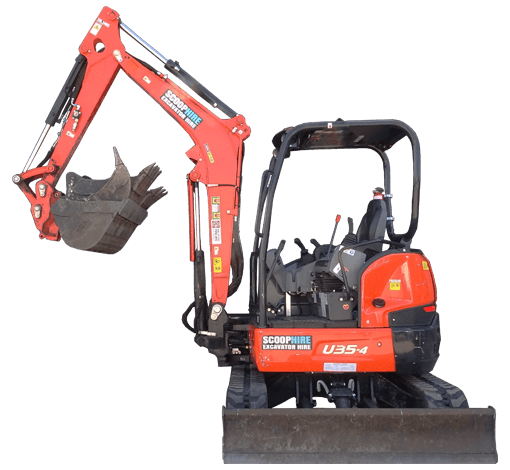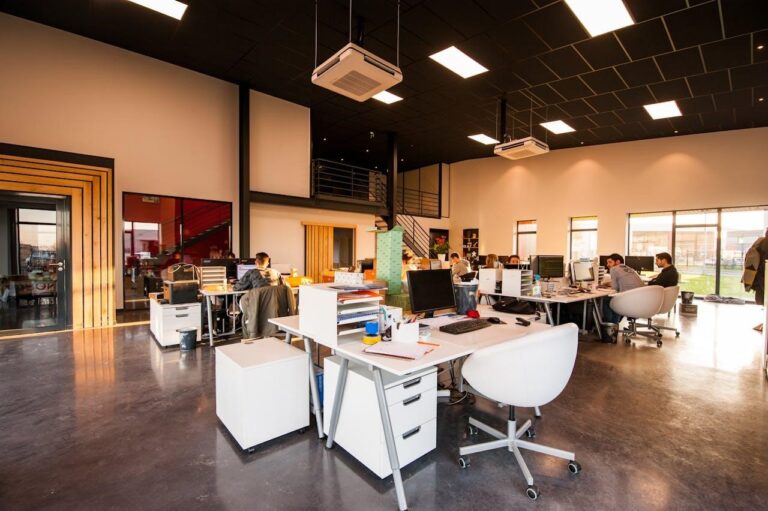
Equipment failure is perhaps one of the most frightening things for businesses operating in the industrial space to have to endure. Not only must they halt the processes involved with that machine, but they’ll also have to diagnose any and all problems that caused the failure. This is no easy task, and the costs associated it with it can pile up quick. Avoiding this failure, while challenging, is possible; and this post will detail exactly how businesses in the industrial space can reduce the amount of costs they must incur to keep their equipment running smoothly, in addition to reducing failure all together.
Remaining cost effective is a responsibility of every business, but the truth is the costs associated with keeping machinery running at optimal performance cuts deep into the pockets. Proper maintenance is what keeps machinery from failing, and limiting the costs incurred by businesses. Most machinery’s most important maintenance functions are proper lubrication and completing regular oil changes. As many organizations understand, however, finding the time to do this amidst operations is extremely difficult as it can halt processes that are necessary to an organization’s success.
There are some hidden costs that businesses deal with as a result of their machinery as well. For example, unnecessary oil changes. Making the mistake of thinking an oil change can solve an isolated issue has businesses investing a lot of capital in the wrong thing. Before an organization can realize that this wastes valuable resources and time, they’ve already paid out their maintenance providers. The truth is, most issues are much deeper rooted than a simple oil change can solve.
What’s even worse is if the machine has an actual issue and its failed to be realized. Common problems include over or under-filling the sump or reservoir; introducing contaminated or incorrect product; and even cross threading a drain plug. While it can be difficult to find the required for maintenance and subsequent downtime, it’s a must to avoid expenses adding up.
The issues mentioned above, amongst others, often lead to equipment failure. About half of all reported failures are cited as a result improper lubrication or re-lubrication of bearings. This failure often calls for replacements of bearings, shafting or motors. While these can be purchased and replaced, failure to do properly can result in a machine becoming non-operational.
No business will be able to stay on top of all of their machinery’s needs at all times, but there are solutions in place that can help ease the burden. Preventive approaches like re-engineering fixtures with better seals and filtration technology, for example. Another alteration could be installing cutting-edge seals. The list goes on, and to learn more about how your business can make an effort to reduce this downtime, be sure to check out the infographic included alongside this post. Courtesy of Isomag.
















